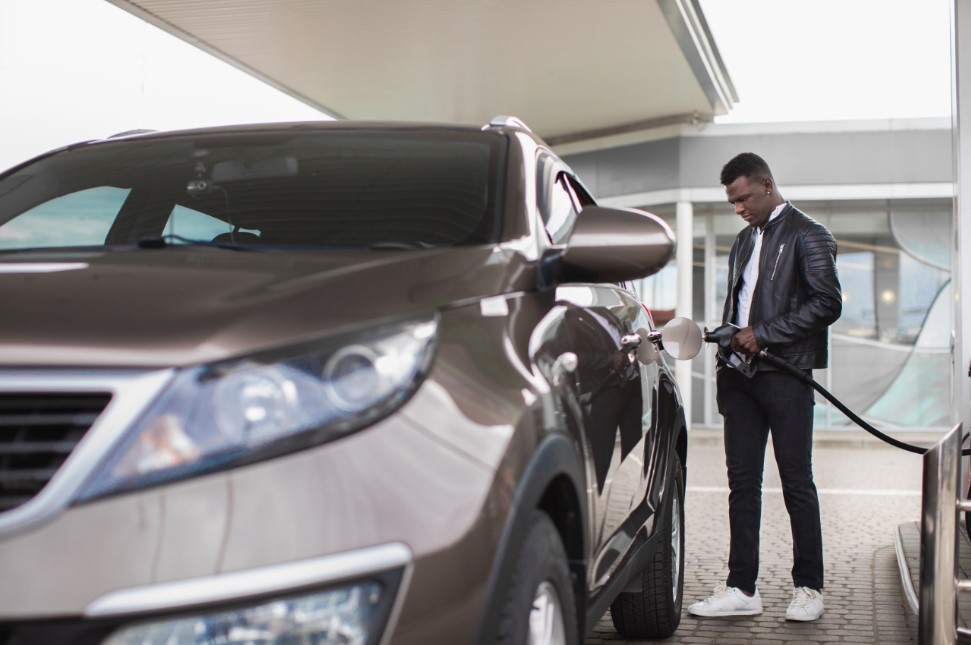
Are Premium Replacement Brakes Worth the Money?
A great set of brake pads will last 30-50,000 miles. They wear out because the friction, which can be made of organic, metallic or ceramic material, wears off ever so slightly every time you press the brakes. The brake pads put pressure on the rotor on your wheel, stopping it.
After any brand new car has ground through its first set of manufacturer pads, it needs fresh ones. There’s also performance capacity to consider. Get more information about your brake pad repair below. Take into consideration wear, dust, noise, fade resistance and stopping power.
First, consider materials. You can opt for replacement pads of semi-metallic material for demanding driving situations. They are good with heat, so have excellent brake fade resistance. The downsides are a lot of dust residue plus squeakiness. At Christian Brothers of Corpus Christi, our skilled technicians don’t prefer these for most vehicles.
Now for brake pads made of organic material. Ideal for a quiet and clean ride, they’re at the low end for stopping power.
The final top level option is ceramic pads. Asbestos brakes are out. They are good at dealing with a variety of temps, so are as good after a long braking session as when you install them. They provide stopping friction for a long time as well. Furthermore, their dust isn’t obvious. Watch out for really high heat, however.
Now that you know the materials that make up brake pads, we can go over their fabrication. The main thing between OEM brakes and aftermarket ones is molding vs. glue. Your original pads were molded right with the shim.
Discount varieties just use glue. You can get fissures, weakness, early wear and inconsistency.
The friendly technicians at Christian Brothers can explain the details. We encourage you to give us a call.

[1].jpg)
Sunwash-Tech-with-Customer.jpg)




